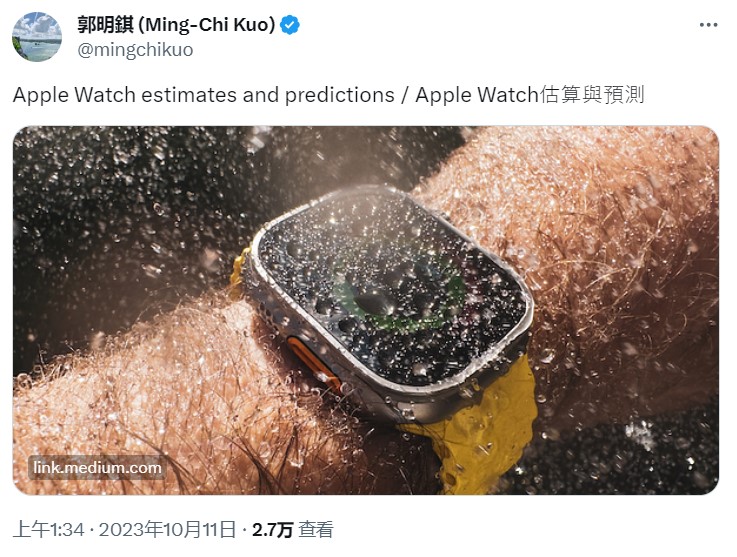
10-13 #StayBlank : MediaTek has collaborated with OPPO and ColorOS; Huawei is reportedly to increase the shipment of its smartphone sales in 2024; vivo and Transsion are allegedly to unveil rollable phone by end of 2024; etc.

Qualcomm has announced its new Snapdragon X Series platform for PC. Snapdragon X Series features Qualcomm’s in-house built Oryon CPU, created by the Nuvia team of ex-Apple engineers that Qualcomm acquired in early 2021 for USD1.4B. The Snapdragon X series is set to come out in 2024, and Qualcomm claims that it will mark an “inflection point for the PC industry” thanks to the “next-level performance” brought by the new chips. (Android Authority, CN Beta, Liliputing, Qualcomm, MacRumors, Windows Central, The Verge)
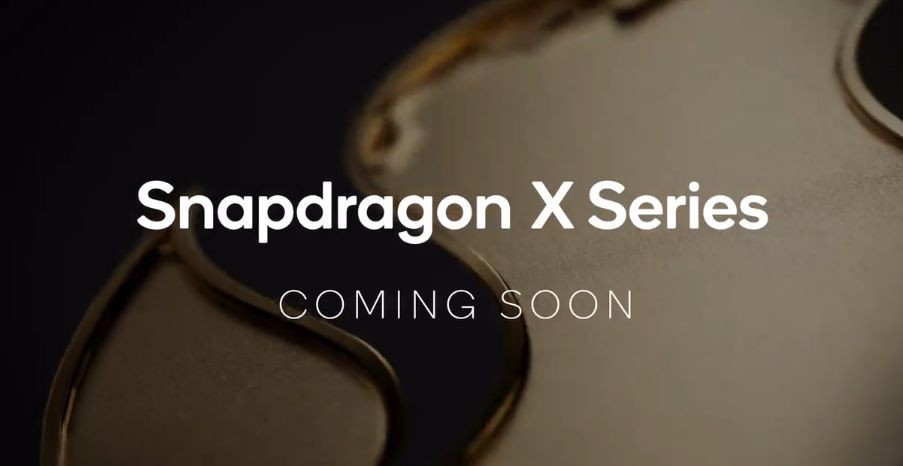
MediaTek has collaborated with OPPO and ColorOS to create a lightweight large model edge deployment solution, with the goal of gradually enabling large model capabilities on edge devices. Additionally, OPPO has introduced the beta version of Xiao Bu 1.0, which is based on the AndesGPT large model, for early testing. The collaboration between MediaTek and OPPO is centered around MediaTek’s AI processor, APU, and the AI development platform, NeuroPilot, which together create an ecosystem for terminal-side AI and generative AI computation. One notable outcome of this collaboration is OPPO’s AndesGPT, a substantial generative language model. AndesGPT employs 4-bit quantization technology to maintain high accuracy when deployed on edge devices, and it has demonstrated enhanced performance. (Gizmo China, IT Home, Digitimes)
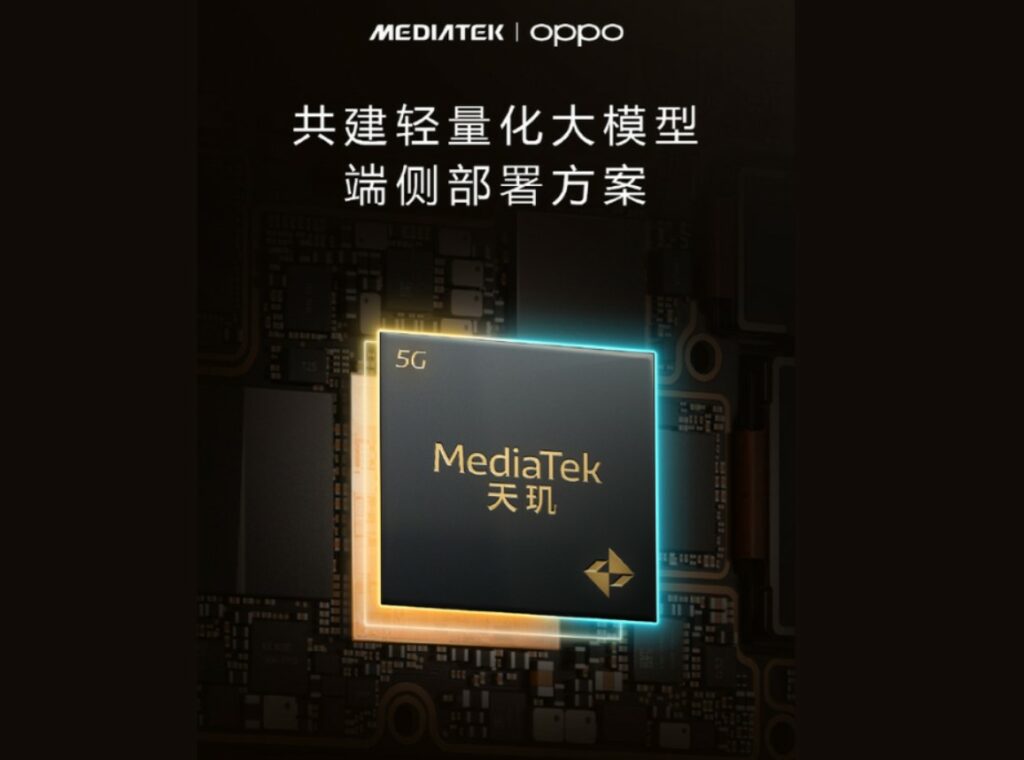
AMD has announced that it will acquire Nod.AI, an open-source artificial intelligence software startup. Nod.AI, or Nod Labs, builds open-source technologies for “future AI systems” and mainly specializes in reinforcement learning, an AI method that operates via trial and error. Nod Labs was initially billed as an AI hardware company focusing on gesture recognition and motion-tracking wearables, such as Bluetooth-connected rings for use in gaming — think: Making a real-life hand gesture using your thumb and forefinger to shoot a gun in a virtual reality game. (Gizmo China, TechCrunch, AMD, CNBC)
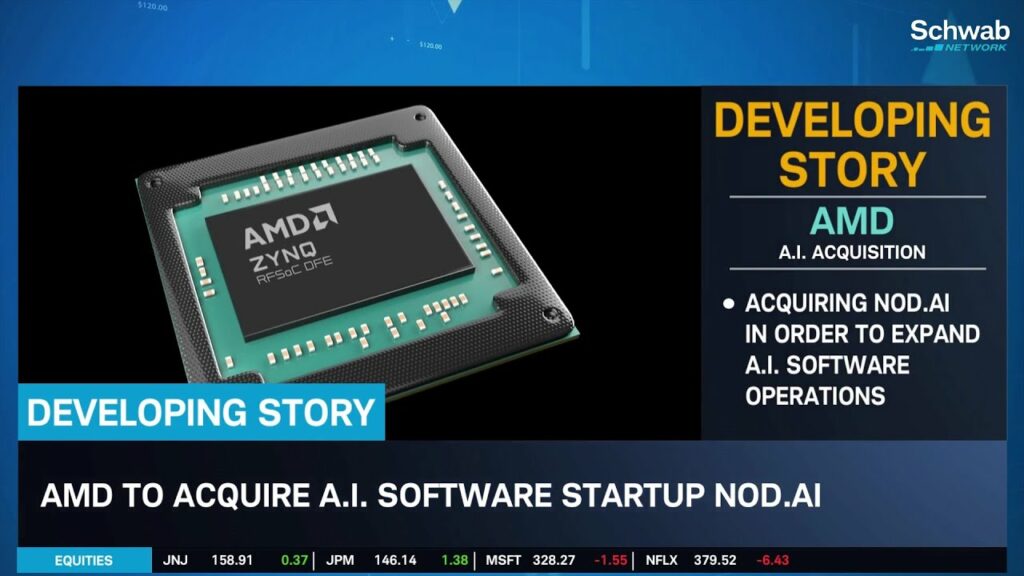
Qualcomm is cutting about 1,258 jobs in two of its California offices, according to recent filings with the California Employment Development Department. The company had about 51,000 employees as of Sept 2022, according to its last annual financial filing, so this would represent about 2.5% of that workforce. The company has notified the state that it would be eliminating roughly 1,064 of its San Diego employees and 194 of its Santa Clara employees. (GSM Arena, CNBC)
Huawei is reportedly planning to increase the shipment of its smartphone sales in 2024. The company is to ship 60M-70M smartphones in 2024. The company has also been building up its inventory of lenses, cameras, print circuit boards and other parts since earlier 2023 to meet that goal. A production line with international tools that are able to develop and produce 7nm chips has allegedly been in place as early as 2018 or 2019, referring to SMIC’s facility. (Gizmo China, Asia Nikkei, Huawei Update)

According to TF Securities analyst Ming-Chi Kuo, Apple’s 2024 new Apple Watch will not adopt Micro LED. The 2025 new Apple Watch will likely use MicroLED, but yet it is also likely to be postponed to 2026. (Apple Insider, Medium)
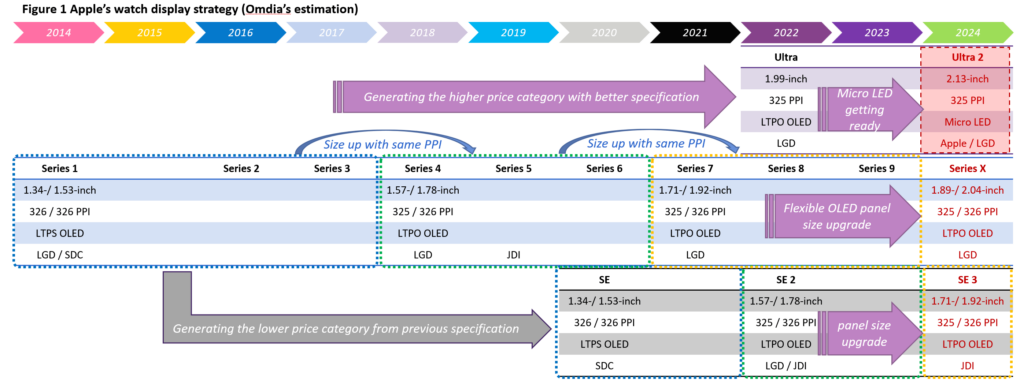
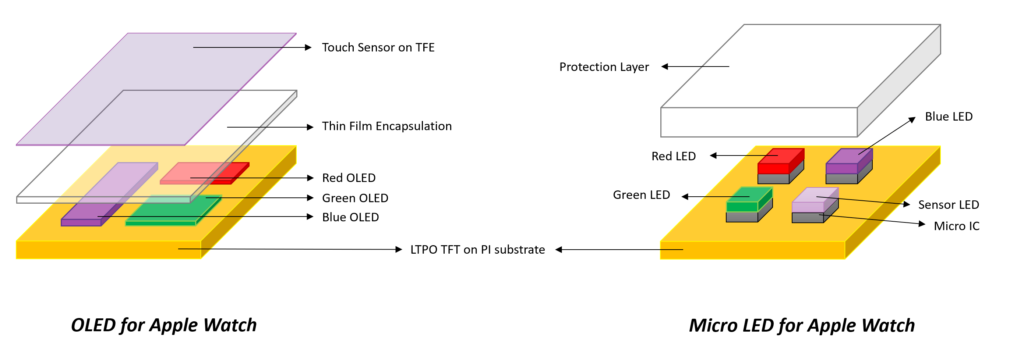
vivo and Transsion are allegedly unveiling the world’s first rollable display smartphone by end of 2024. vivo might be sourcing them from well-known tech leaders like BOE or Samsung Display. CSOT is also known to be the supplier of rollable OLED panels for vivo. Transsion showcased its Phantom Ultimate prototype with a rollable display in Sept 2023. (The Elec, CNMO, IT Home, Gizmo China, GSM China, Gizbot)
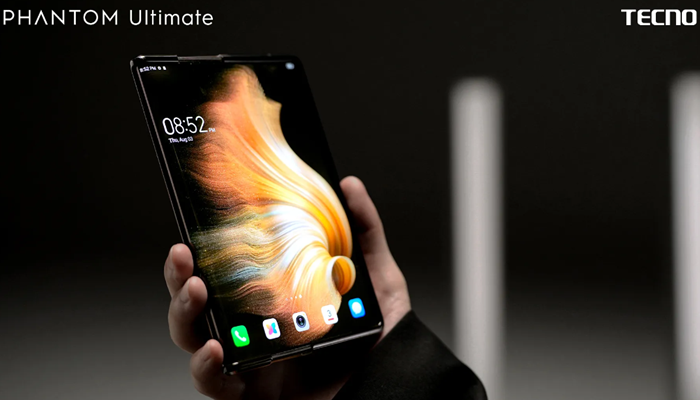
LG Display and LG Chem, prominent display and chemical makers, respectively, boasted of their joint success in producing p-type dopants in-house, a crucial material for producing organic light-emitting diode displays, the supply of which has been solely dependent on imports. This development aligns with LG Display’s ongoing efforts to strengthen the domestic production ecosystem for more advanced OLED displays. In 2022, the proportion of materials the company procured locally, both from its affiliates or other domestic providers, rose from 58% the previous year to 64%. By producing p-type dopants on its own, LG Display aims to achieve a more reliable supply chain, safeguard its patents and maintain its leading position in the global OLED market. (Gizmo China, Korea Herald)

Smartphones with displays capable of repairing themselves could start appearing on the market by 2028, according to analyst firm CCS Insight. In its roundup of top tech predictions for 2024 and beyond, CCS Insight said that it expects smartphone makers to begin producing phones with “self-healing” displays within five years. The way this could work is by incorporating a “nano coating” on the surface of the display that, if scratched, creates a new material that reacts when exposed to air and fills in the imperfection. (CCS Insight, CNBC, CN Beta)

The United States has decided to allow exports of its semiconductor manufacturing equipment to Samsung Electronics and SK hynix factories in China without a separate approval process, according to the country senior presidential secretary for economic affairs, Choi Sang-mok. The U.S. government has designated Samsung Electronics and SK hynix’s chip factories in China as “verified end users (VEU)”, which would reduce the licensing burden on them by allowing U.S. exporters to ship designated items to preapproved entities. (TechNode, Gizmo China, DoNews, SCMP, Reuters, CNBC, YNA)
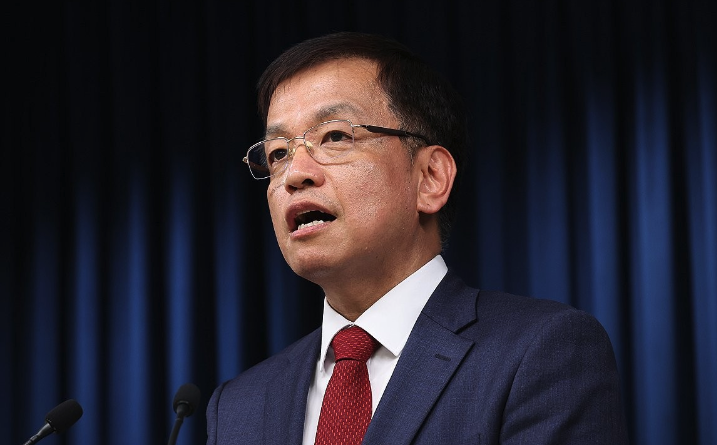

Haomo.AI, an autonomous driving technology start-up backed by Great Wall Motor, is to offer carmakers three new driver-assistance systems it claims are cheaper and better than existing ones. The company said its new products will cost vehicle assemblers as little as CNY3,000 yuan (USD411) apiece, significantly less than many comparable self-driving systems in the market. They are capable of Level 2 (L2) autonomy which, according to SAE, a global standardisation body, provides assistance to the driver but requires active supervision. On average, an L2 system costs at least USD2,000, according to Chen Jinzhu, CEO of consultancy Shanghai Mingliang Auto Service. The HP170, priced CNY3,000-3,999, enables autonomous driving on highways and expressways, automatic emergency braking, and short-distance memory parking. The HP370, with higher computing power and more radar sensors, supports driving in urban areas and is priced CNY5,000-5,999. The HP570, priced CNY8,000-8,999, is semi-autonomous on urban roads and offers all-scenario parking assistance. (Gizmo China, SCMP, Sina, IT Home)
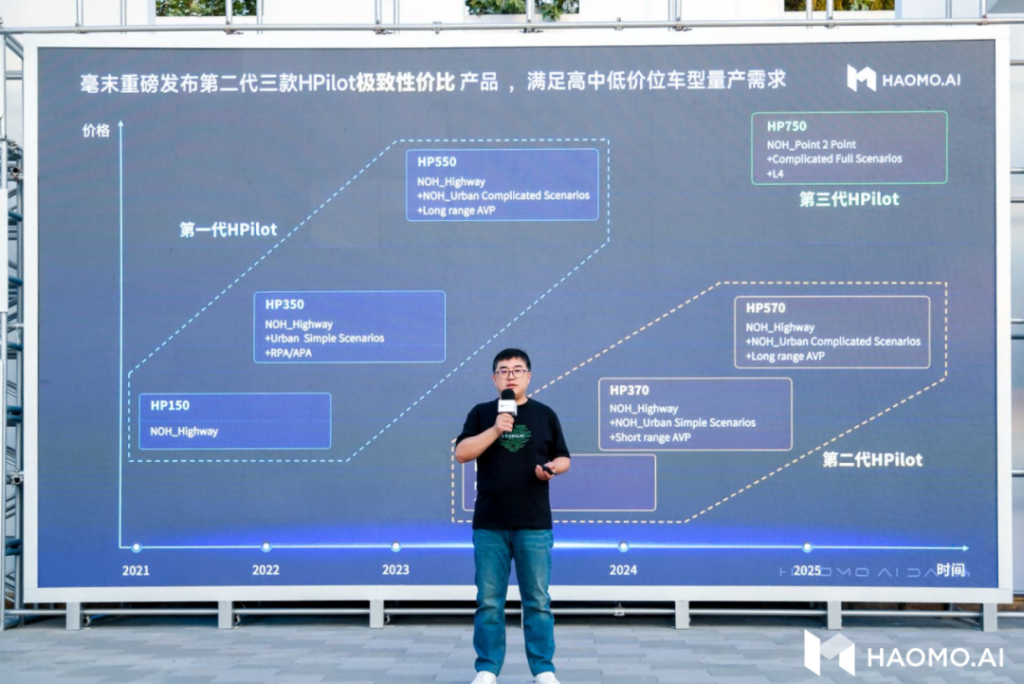

Apple iPhones will not adopt resin coated copper (RCC) foil for their printed circuit boards until 2025, according to TF Securities analyst Ming-Chi Kuo. Kuo says that Apple will not adopt this technology in 2024 because of its “fragile characteristics” and “inability to pass drop tests”. If Apple and its supplier Ajinomoto can improve the RCC material before 3Q24, the high-end iPhone 17 models could use it. Resin coated copper has the potential to slim down the size of circuit boards, freeing up space inside of the iPhone that can be used for larger batteries or other technology. Kuo says that it also makes the drilling process easier for iPhone manufacturing because RCC is fiberglass-free. (MacRumors, Medium, CN Beta, Twitter)
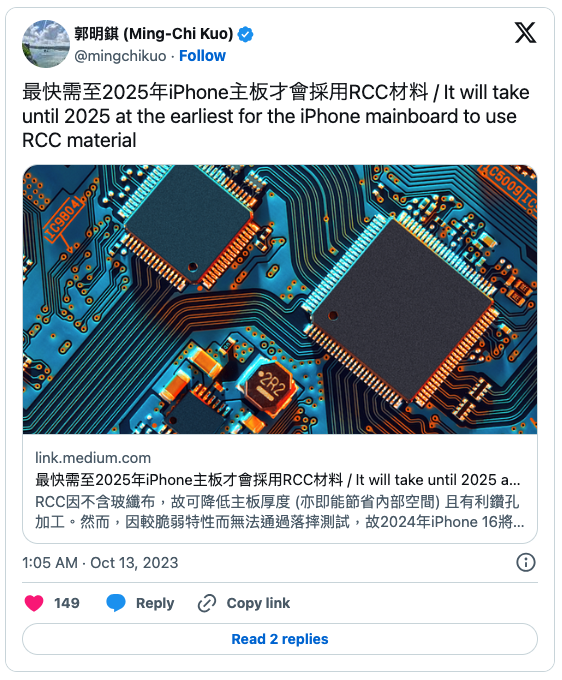

Samsung is reportedly testing what one tipster calls a “combo coil antenna”. Not only is this alternative said to be better than copper plates and vapor chambers present in current-generation smartphones, but it can also improve the reliability of features of some premium models. The current cooling solutions that include copper plates and vapor chambers can affect connectivity features such as wireless charging, which would explain why only flagship models ship with them. the combo coil antennas are expensive, but if implemented properly, they could make wireless connectivity features more reliable than they are in current models. The new solution does not only expand to the integrated wireless charging coils but can also be expanded to the UWB, Bluetooth, 5G, and Wi-Fi chips. However, there are other drawbacks to using this solution aside from cost. (CN Beta, Twitter, WCCFTech)
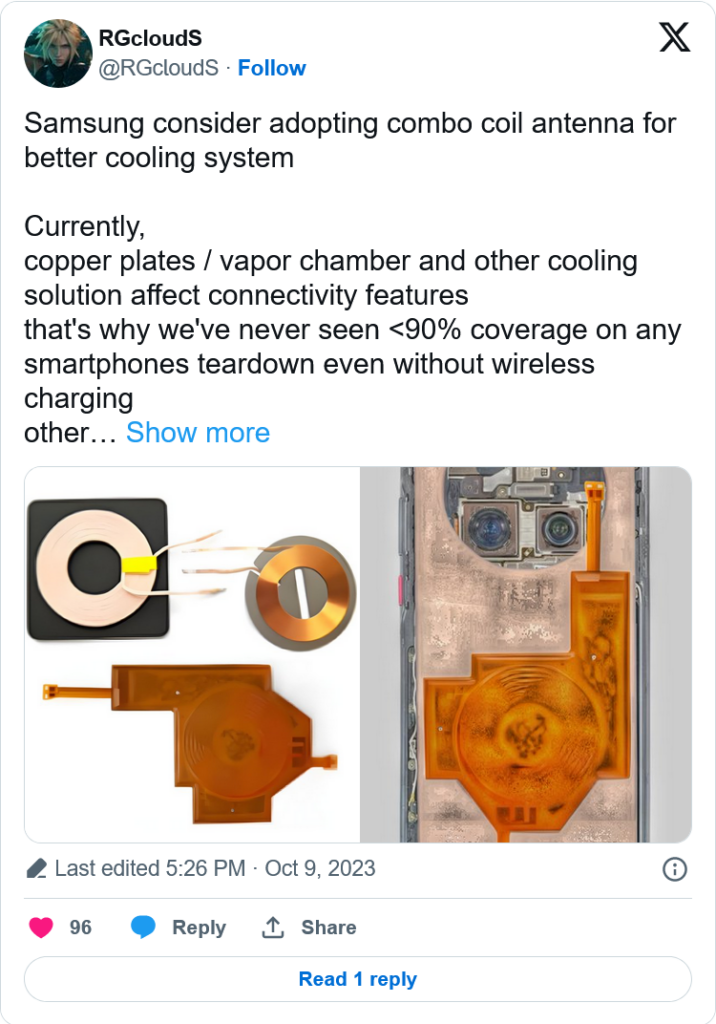
Huawei has launched LampSite X, a next-generation 5G indoor digital product solution that aims to help operators open up new business space and move towards digital intelligence. According to Huawei, LampSite X brings unrivaled 5.5G capabilities indoors for the first time to comprehensively upgrade indoor digitalization: Featuring the leanest design, simplest deployment, and lowest energy consumption, the solution achieves 10 Gbps experience and offers diverse capabilities, meeting consumer demands for a more premium indoor experience and realizing more powerful digital productivity across various industries.(Neowin, Huawei, Huawei)
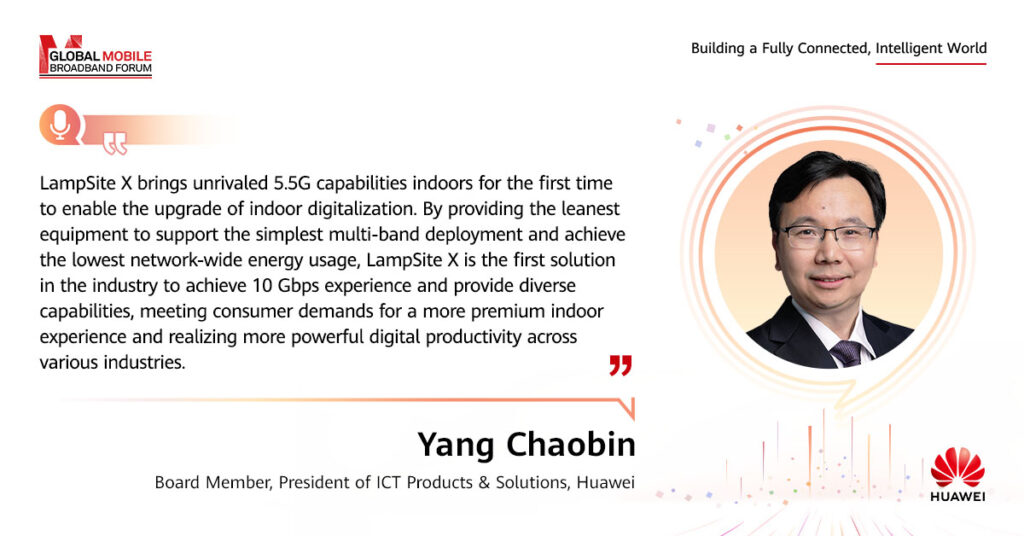
The GSMA revealed the level of smartphone ownership across the world was 54% at the end of 2022, with the vast majority of those 4.3B people using mobile internet services. According to its data, mobile internet users are 4.6B, with 4B of them accessing the services via smartphones. GSMA’s report revealed a disparity between regions and their accessibility to mobile internet. 69% of smartphone owners in North America, East Asia & Pacific are using 4G-enabled devices, while the majority of users in Sub-Saharan Africa are still relying on 3G connectivity – similarly to the Middle East and North Africa, where every third mobile user is still using 3G internet. (Mobile World Live, GSM Arena)

The GSMA revealed the level of smartphone ownership across the world was 54% at the end of 2022, with the vast majority of those 4.3B people using mobile internet services. According to its data, mobile internet users are 4.6B, with 4B of them accessing the services via smartphones. GSMA’s report revealed a disparity between regions and their accessibility to mobile internet. 69% of smartphone owners in North America, East Asia & Pacific are using 4G-enabled devices, while the majority of users in Sub-Saharan Africa are still relying on 3G connectivity – similarly to the Middle East and North Africa, where every third mobile user is still using 3G internet. (Mobile World Live, GSM Arena)
Scammers are hiding in plain sight on social media platforms and reports to the FTC’s Consumer Sentinel Network point to huge profits. 1 in 4 people who reported losing money to fraud since 2021 said it started on social media. Reported losses to scams on social media during the same period hit a staggering USD2.7B, far higher than any other method of contact. And because the vast majority of frauds are not reported, this figure reflects just a small fraction of the public harm. In the first 6 months of 2023, in reports of money lost to fraud by people 20-29, social media was the contact method more than 38% of the time. For people 18-19, that figure was 47%. The numbers decrease with age, consistent with generational differences in social media use. (Android Headlines, FTC)
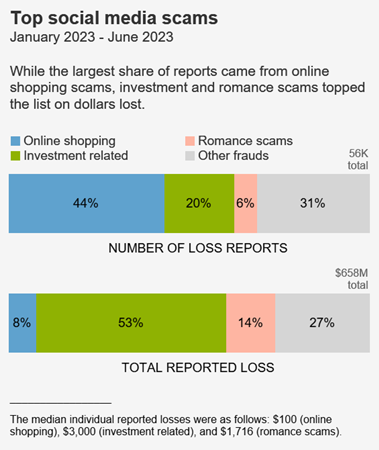
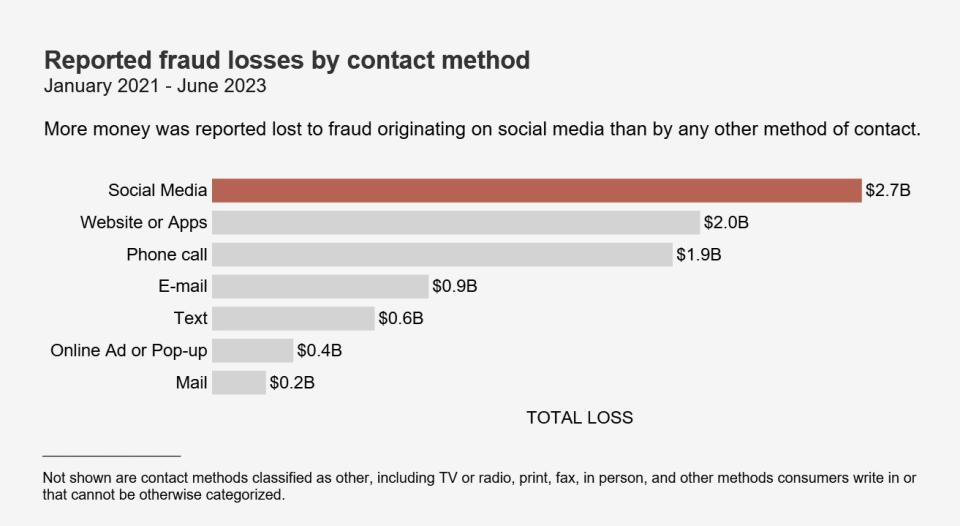
According to Google’s VP of mobile business, Nanda Ramachandran, there are currently no plans for a low-cost Pixel phone because it would involve making too many compromises. Nevertheless, Ramachandran explains that what makes the new lineup of Pixel smartphones stand out is its combination of attributes such as AI capabilities, robust camera functions, and accompanying security updates. The Google executive points out that maintaining these features while keeping a device to EUR200 / USD211 would be nearly impossible as “we would have to make too many compromises for that”. (Android Authority, Der Standard)
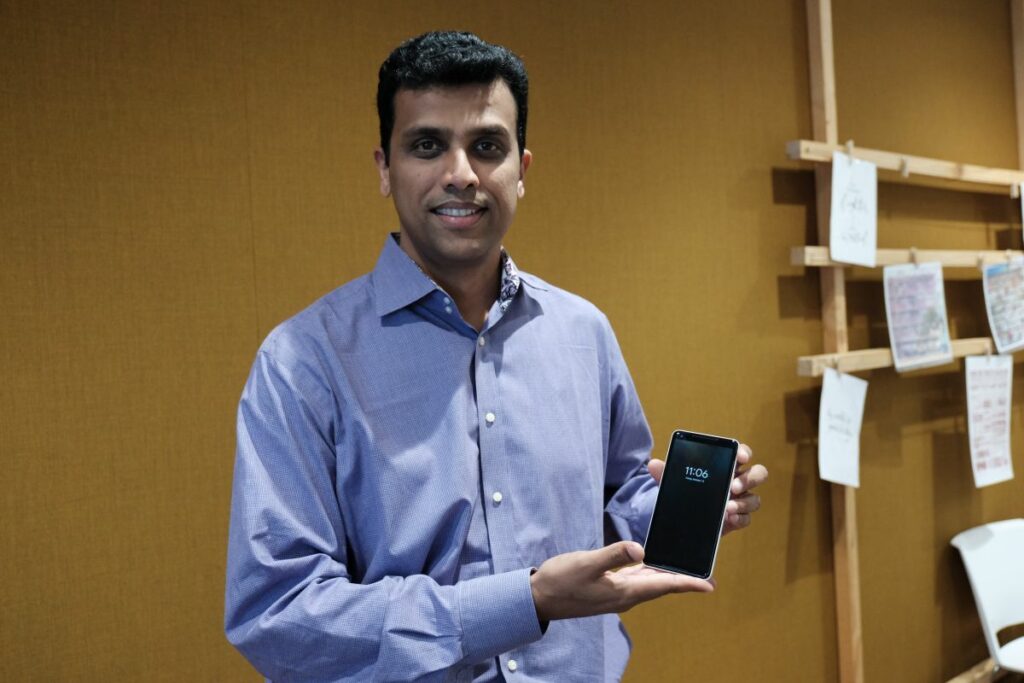
Xiaomi MIUI now boasts a global user base of over 564M monthly active users and the latest version out is MIUI 14 which was announced Dec 2022. Xiaomi will allegedly replace MIUI with an all-new MiOS. It is rumored that Xiaomi is looking to follow in Huawei’s footsteps by launching its own Android Open Source Project (AOSP) based operating system which will be available on its smartphones, tablets, wearables and even Xiaomi’s electric vehicles.(CN Beta, Gadgets360, GSM Arena, GizChina, Weibo)
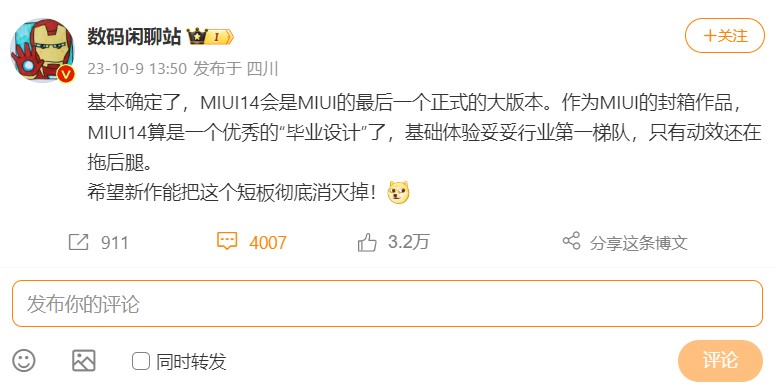
South Korea’s telecommunication regulator, the Korea Communications Commission (KCC), plans to levy fines on Google and Apple, which could total up to USD50.5M, for violating the country’s in-app payment law. According to the KCC statement, the two companies abused market dominance to force local app developers to use their in-app payment methods rather than competitors’ payment systems and unfairly delayed app reviews to enforce the specific billing system. The KCC will finalize the fines for Google and Apple, up to KRW47.6B (USD35.4M) and KRW20.5B, respectively, after collecting opinions from Google and Apple. (TechCrunch, Android Headlines, Reuters)
Nothing seems to be branching into the fashion industry with the new Nothing Apparel. The new line of clothing will reflect the classic style of factory workers who build tech products. The first pieces will be on sale at Dover Street Market in London until 15 Oct 2023, or until they sell out. More pieces will be released later at the Nothing Store in Soho.(Gizmo China, Nothing)
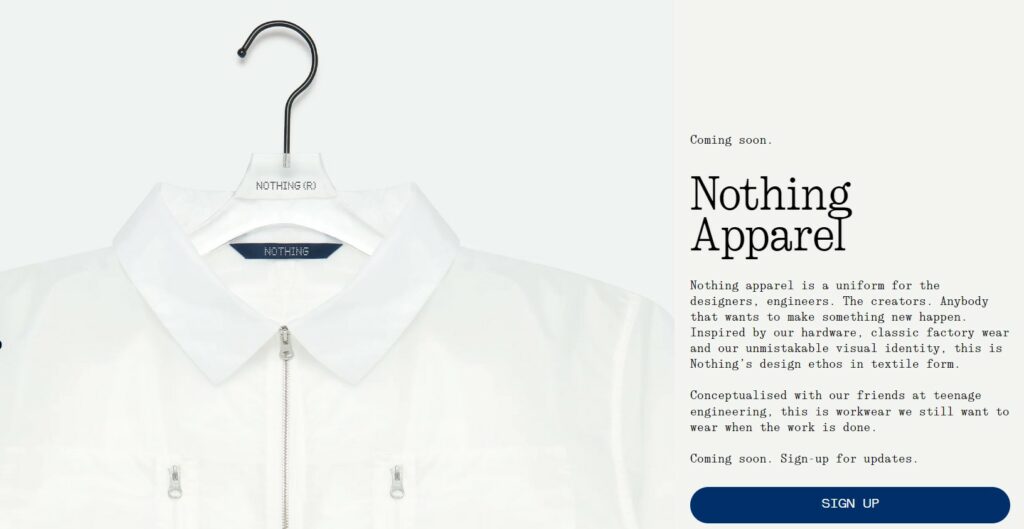
Google pays Apple between USD18B-20B a year to remain the dominant search engine in the iPhone, according to financial advisor Bernstein. Bernstein published a report assessing the potential implications for Apple of the US government’s ongoing antitrust trial against Google, with the Department of Justice considering Google’s Information Services Agreement (ISA) with Apple as evidence that it has a search engine monopoly. Bernstein says Google pays out 22% of total ad revenue under its traffic acquisition costs (TAC) and estimates Apple likely receives around 40% of this. Bernstein bases its numbers on Apple’s public filings as well as a bottom-up analysis of Google’s traffic acquisition costs. (MacRumors, The Register)

According to Ming-Chi Kuo, Apple Watch shipments in 2023 are expected to decline by approximately 15% YoY to 36-38M units. The 2024 new Apple Watch will unlikely have significant innovative experiences. The highly anticipated blood glucose monitoring feature will not happen in 2024 and possibly not in 2025. The Apple Watch is a classic example of a product that succeeded through repositioning. However, based on current shipment momentum, it may need to be repositioned again if there is an unfortunate year-over-year decline again in 2024. (CN Beta, Apple Insider, Medium, Twitter)
